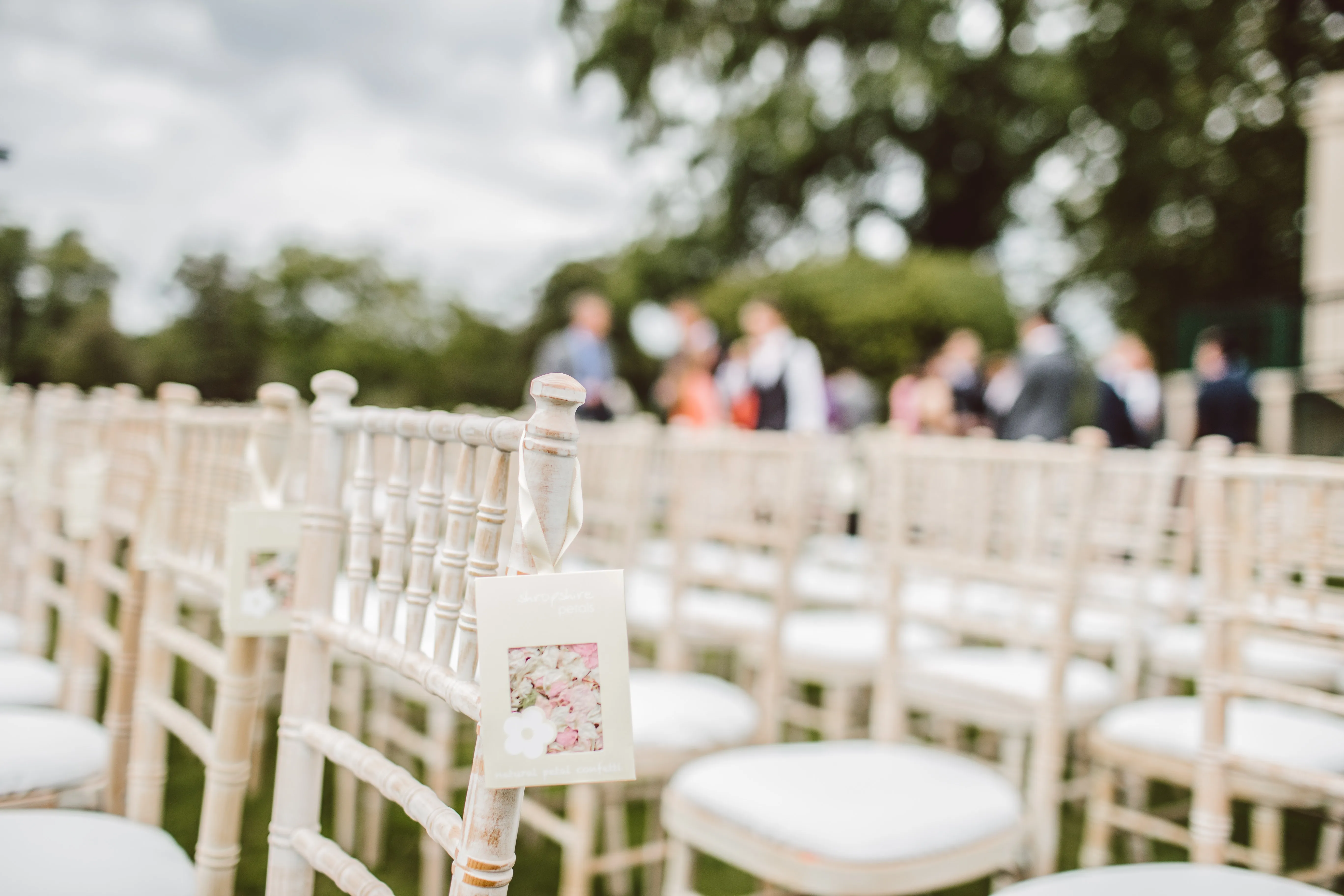Weddings are a universal celebration of love, unity, and new beginnings. As couples embark on this beautiful journey together, they often seek ways to infuse their special day with good luck and positive energy. One timeless tradition that has persisted across cultures and generations is the use of wedding good luck charms. These small tokens, whether worn as jewelry, incorporated into décor, or carried discreetly, are believed to bring blessings and fortune to the newlyweds. In this article, we'll explore the enchanting world of wedding good luck charms and the significance they hold in various cultures.
1. The Horseshoe
One of the most recognizable symbols of good luck in Western culture is the horseshoe. Hung above the door or incorporated into bridal attire, it is thought to ward off evil spirits and protect the couple from harm. The horseshoe's crescent shape is believed to resemble the moon, a symbol of fertility and prosperity. Many couples incorporate this symbol into their wedding day, often with a personal touch like engraving their names or wedding date onto the horseshoe.
2. The Four-Leaf Clover
The four-leaf clover is a cherished symbol of luck, and its rarity makes it even more special. Incorporating this symbol into a wedding bouquet or boutonniere is thought to bless the couple with good fortune, as each leaf represents a different quality: hope, faith, love, and luck. Finding a four-leaf clover is seen as a sign that luck is smiling upon the finder, and carrying this luck into marriage is a heartwarming tradition.
3. The Evil Eye
In many Mediterranean and Middle Eastern cultures, the evil eye symbol is believed to protect against jealousy and ill wishes. Couples often incorporate this symbol into their wedding attire or décor as a means of deflecting negative energy and maintaining harmony in their relationship. The belief in the evil eye's protective power has been passed down through generations, making it an enduring tradition.
4. The Double Happiness Symbol
In Chinese culture, the double happiness symbol (囍) is a prominent motif in weddings. It represents joy, love, and the coming together of two souls. Couples often feature this symbol on wedding invitations, decorations, and even as part of their wedding attire. It is a testament to the significance of happiness in the marital union and the hope for a harmonious life together.
5. The Lucky Penny
In some Western cultures, placing a penny in the bride's shoe is a time-honored tradition. It is believed that doing so will ensure the couple enjoys a lifetime of financial security. The penny symbolizes wealth and prosperity, and the act of placing it in the bride's shoe is a gesture of love and support from her family.
6. The Red Thread
In various Asian cultures, particularly in India and Japan, the red thread is considered a symbol of fate and destiny. It is believed that people who are destined to be together are connected by an invisible red thread, and nothing can break this bond. Couples often incorporate red thread into their wedding attire or ceremony to symbolize their unbreakable connection and commitment to one another.
Wedding good luck charms are more than just symbolic trinkets; they represent the hope, love, and aspirations of couples as they begin their married life together. These traditions, passed down through generations, serve as a reminder of the enduring power of love and the belief that good luck will accompany the newlyweds on their journey. Whether it's the horseshoe, the four-leaf clover, the evil eye, or any other cherished symbol, these charms enrich the wedding experience and add an extra layer of meaning to the celebration of love and unity. So, as couples exchange vows and embark on this new chapter, may these good luck charms bring them happiness, prosperity, and a lifetime of love.



.png)













